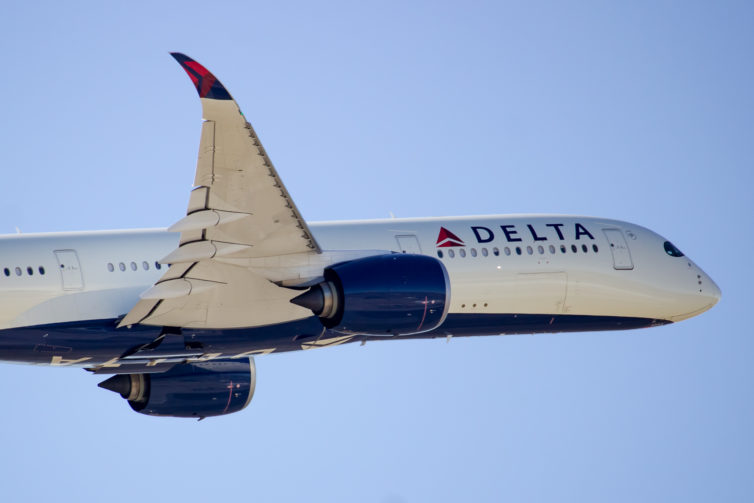
A Delta A350 departs DTW – Photo: Andrew Poure
“Delta Air Lines was recently bombarded with 20,000 phishing emails over just a few hours. Two bad actors had directly targeted airline employees with malicious content in a brazen attempt to circumvent the airline’s security infrastructure.” Shocking, right?
Don McCoy, Cyber Security Manager for Delta openly shared this with a room of over 200 security professionals. To those not in the industry (that’s me) this sounds sensational. Interestingly, fellow attendees of Exabeam‘s #Spotlight19 conference largely didn’t react. It turns out, such attacks are commonplace for high-visibility organizations.
In retrospect, airlines make for an incredibly attractive target. All of the U.S. “big four” airlines now earn revenue well into the double-digit billions each year. They have data on millions of customers. And of course, airline employees have access to restricted virtual and physical assets. For these reasons, it is no wonder airlines are subject to the nonstop barrage of attempts to gain access to and exploit their data.
Preventing, identifying, and responding to phishing attacks is just the tip of the iceberg. Click through to read about how airlines use big data and analytics to identify fraud and even predict maintenance events.
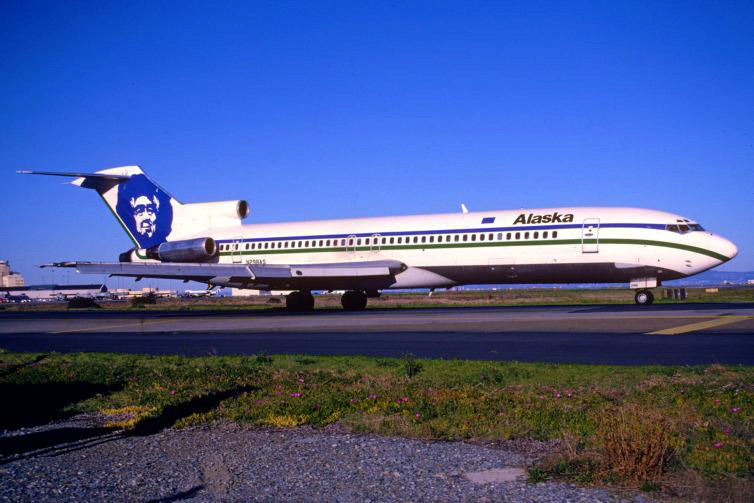
A classic Alaska Airlines Boeing 727-200 taken in 1989 – Photo: Aero Icarus | FlickrCC
The United States’ fifth-largest air carrier ’“ Alaska Airlines ’“ traces its roots deep into American history; in fact, the airline began in its namesake’s state nearly 27 years before Alaska achieved statehood. The formerly localized west coast regional air carrier boasts an impressive route structure, serving 116 destinations with over 1,200 daily departures. After the 2016 acquisition of San Francisco-based Virgin America, Alaska Airlines began a new phase of operations, utilizing its inheritance of 67 Airbus aircraft and dozens of new routes. When mainline service is combined with wholly-owned subsidiary Horizon Air and contracted carrier SkyWest Airlines, Alaska Airlines proudly boats the honor of operating the ’œMost West Coast’ flights each day.
However, Alaska Airlines and its affiliates have carefully expanded their daily operations far beyond the western United States, serving eastern seaboard destinations from Boston to Ft. Lauderdale. In 2014, 25% of all Alaska Airlines daily departures traveled across North America; after the Virgin America acquisition a mere four years later, that figure has nearly doubled. Simultaneously, growth to areas outside of the continental U.S. remains relatively stable and, in some cases, diminished. After connecting Bellingham, Washington to various Hawaiian destinations for nearly a decade, Alaska Airlines announced cessation of all Bellingham nonstop flights except service to Seattle-Tacoma. Growth within the airline’s namesake state of Alaska remains stagnant; service to Mexico faces a similar outcome.

Horizon Q400s at Seattle
Alaska Airlines, alongside subsidiary Horizon Air and its partner SkyWest Airlines ’“ through a capacity purchase agreement ’“ has strategically eliminated under performing routes over the recent years. Instead, Alaska has elected to beef up its west coast hubs to maintain a stronghold among residents along the west coast. After the 2008 merger of Delta and Northwest, ferocious competition rose in former Alaska Airlines strongholds, specifically Seattle and Portland. Delta Air Lines maintains an expansive international network from Seattle, leading to recent growth and additions in domestic service and direct competition with Alaska Airlines. To combat, recent Alaska Airlines strategic decisions can be categorized into three distinct categories: Streamlined regional operations, acquisition of Virgin America, and an ever-expanding route network.
I am going to be a bit selfish here, but I think for good reason!
I recently got married (yay) and we wanted to wait a bit to plan our honeymoon; we didn’t want to be planning a wedding AND a trip at the same time. My new bride and I both want to go some place we’ve never been before. While we think we are set on a destination, there are so many fun options to get there and different things to do; I thought I would try to see if any of you had some swell ideas.
I’ve never done something like this before, so I’m not sure if it will work. But it can’t hurt! My idea is to give you all some of my thoughts so far, and see what you think. Maybe I will get 0 comments and be sad, or maybe I will be overwhelmed and no better off, but I am hoping to get a gem or two out of this little experiment! Here we go:
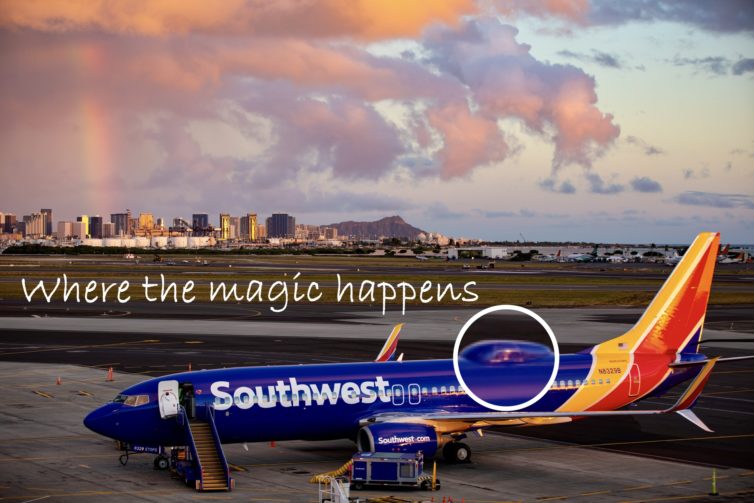
Southwest Airlines’ BYOD IFE is powered by the bump magnified above (A B738 at HNL following the airline’s first Hawaii validation flight in early 2019). – Photo: SWA Media. Edits: JL Johnson
We last looked at the Southwest Airlines BYOD in-flight entertainment (IFE) package back in 2014. At the time, the offering deserved every bit of praise given. But over the past nearly six years, the IFE space has changed a great deal. As a continued frequent Southwest Airlines flyer, when I use their IFE (and in-flight connectivity, IFC) I can’t help but cringe knowing my old review is still out there. Alas, my 2014 piece did not age well, on many fronts.
So let’s set the record straight: How have Southwest’s offerings withstood the test of time?
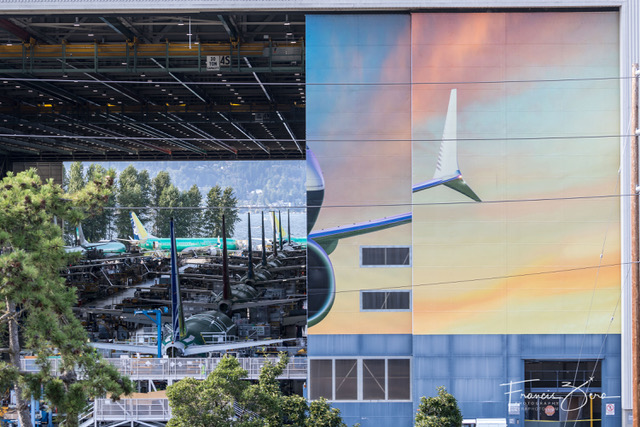
The 737 factory in Renton, WA
If you have been keeping up with the 737 MAX, you know that the news hasn’t been super great about the aircraft. There are many, many stories you can read out there about what has been going on and we are not wanting to re-hash it all. We can all agree that things are not going well, and it will likely still be a while before anyone has a chance to fly on one (saying that you will want to). Since we are a group of aviation fans that try to celebrate aviation, even in negative times, I decided to just share some really awesome shots of the 737 MAX that our Francis Zera recently took. Feel free to share your thoughts on what is going on with the MAX in the comments; otherwise just enjoy the photos!
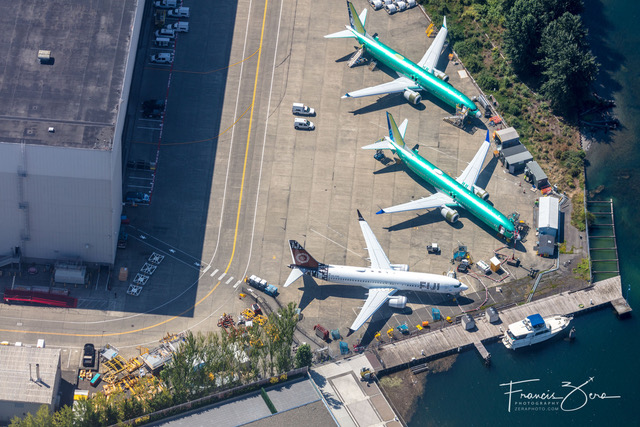
Some 737 MAX aircraft parked in Renton






